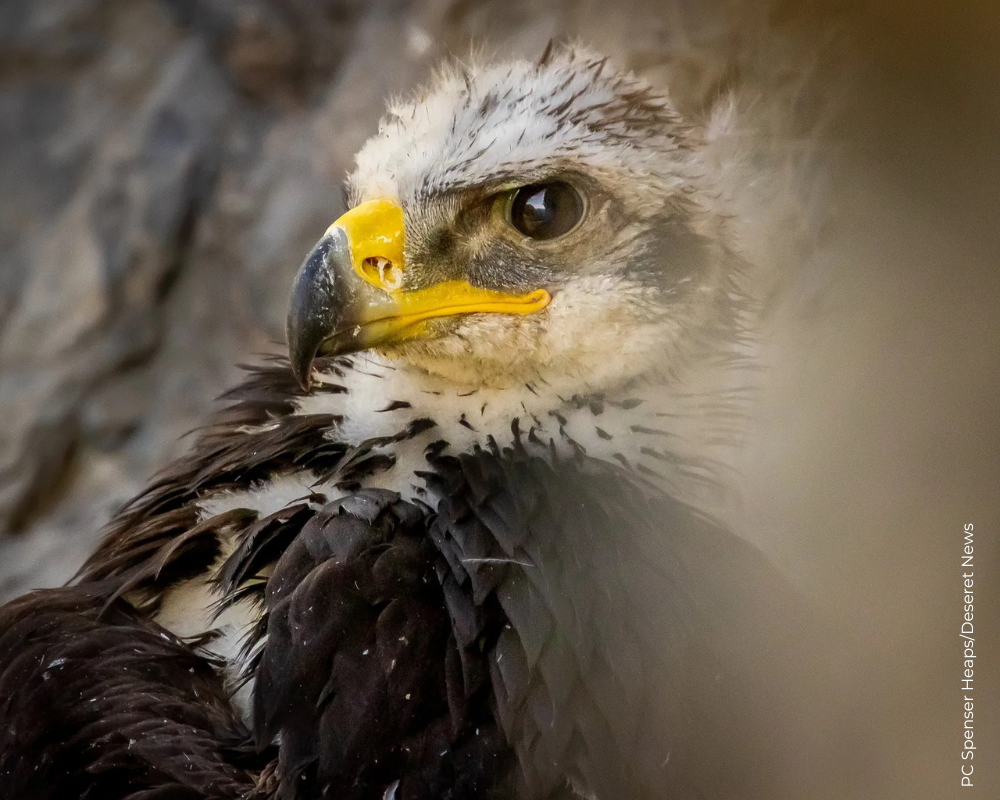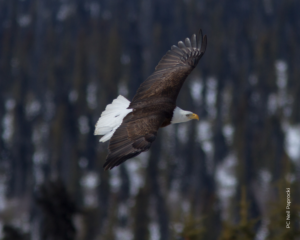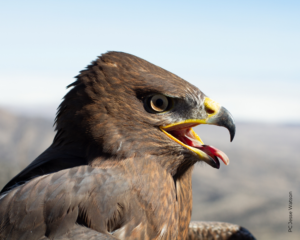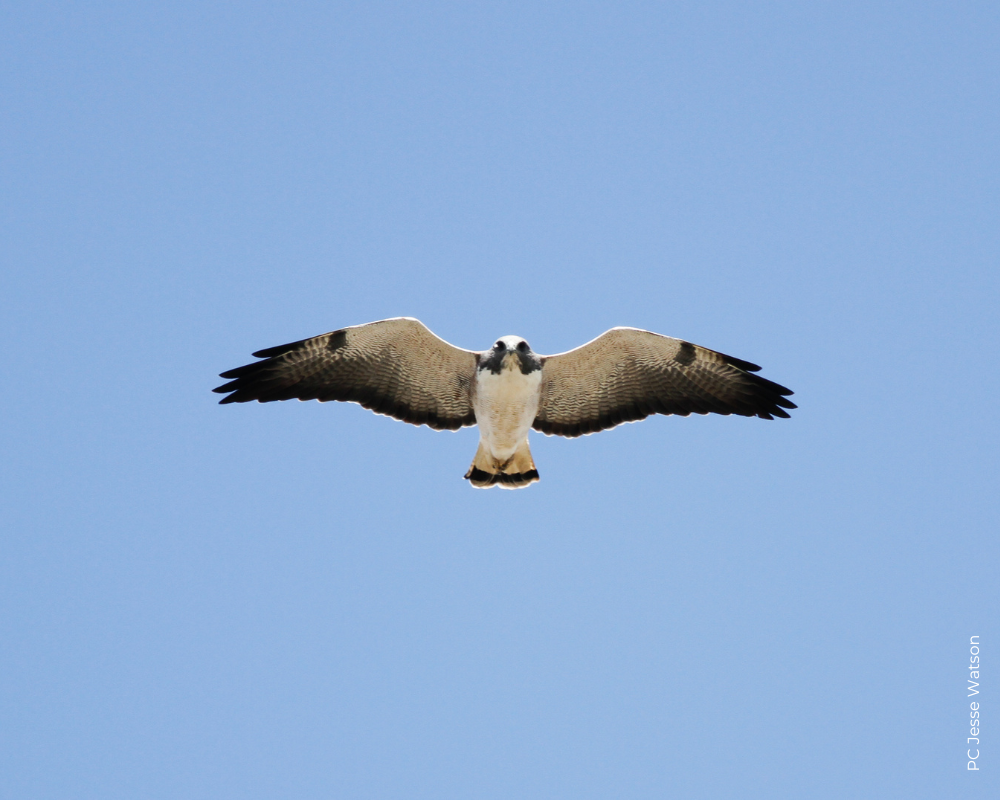Media Kit
Your Raptor Resource
Founded in 1986, HawkWatch International is a leading authority on raptor education, conservation, and research. We operate the largest standardized network of raptor migration sites in the world, as well as over a dozen in-depth programs designed to study and conserve at-risk species like the Golden Eagle, American Kestrel, and Martial Eagle. This data is crucial for conserving key species, as well as the environment we share with them.
By the Numbers
15M+
Raptors counted
100k+
Raptors banded
500k+
People educated
Story Ideas
Around the world, raptors are at risk. This is due to a number of causes, including habitat loss, contaminants, poaching, and climate change. In North America, we’re concerned about key species such as the American Kestrel and Sharp-shinned Hawk, to name a few. In the rest of the world, we’re very concerned about declines Old World Vultures, as well as other large birds that are slow to reproduce, such as the Verreaux’s Eagle.
Like all of us, raptors must respond to a changing climate. Climate change causes changes in breeding phenology timing), food availability, and habitat suitability. All of these can drive population declines.
With climate change impacting both raptors and humans,there is an increasing focus on renewable energy sources like solar and wind. Unfortunately, these can also negatively impact raptors as well. Our team is working to find solutions to the threats posed by these sources.
Raptors face many natural and human-made threats. Human-made threats include collisions with vehicles and wind energy infrastructure, poisoning from contaminants, and poaching. Natural threats include things like disease and climate change.
As apex predators, raptors are extremely sensitive to changes lower in the food chain. This makes them excellent indicators of environmental changes, whether positive or negative. With over 35 years worth of raptor population data, we can share trends in environmental conditions that can help raptors and people.
We love using real-life scientific data and wildlife encounters to excite students about science. From formal education programs with our Raptor Ambassadors to visits to our migration sites, there are many ways to get students—and the general public—excited about science.
Major Achievements
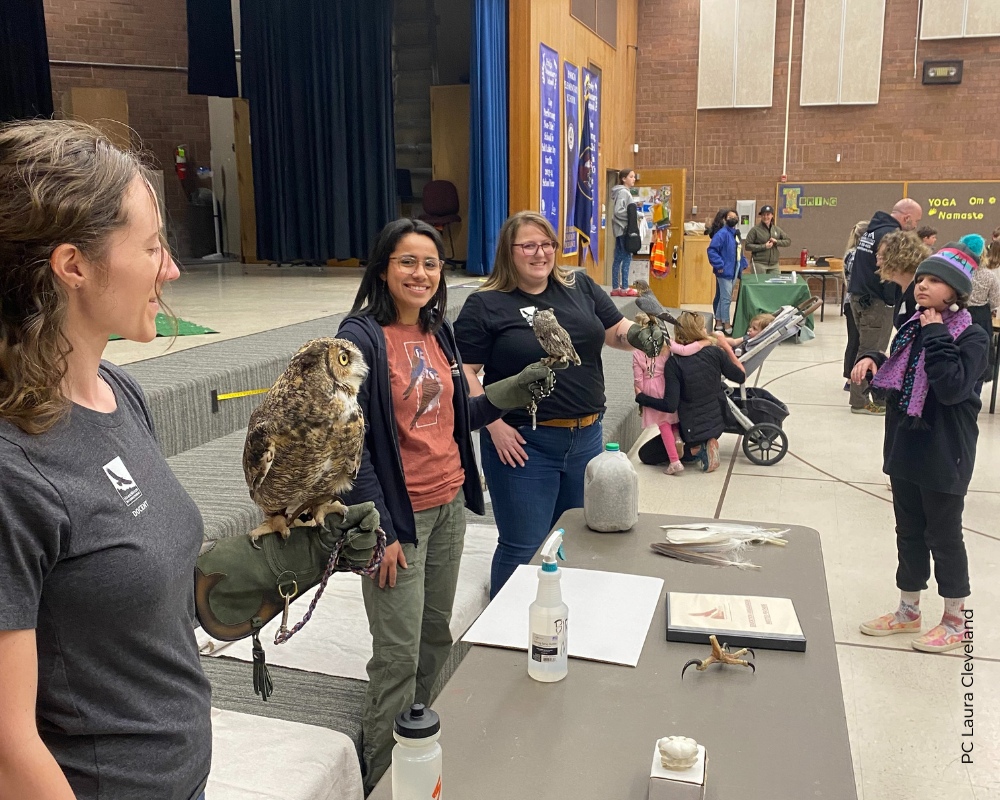
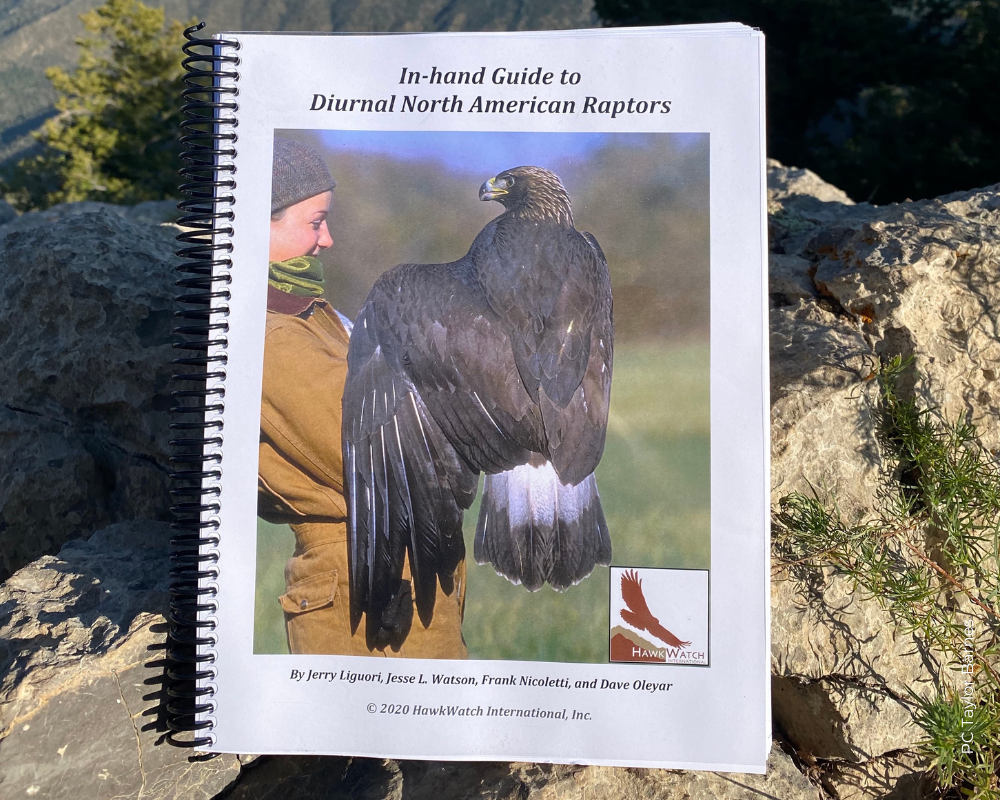

Featured In
Never Miss a Story
Join our weekly newsletter to be the first to know about the latest in raptor research and conservation.

